Internationalization
Overview
If your app will touch people or systems from all over the world, internationalization and localization (also known as "i18n") may be an important part of your international strategy. This is particularly important for applications whose main user base is split across different languages: for example a tutorial site providing both Spanish and English content, or an online store with customers all over Quebec and British Columbia.
Fortunately, Sails provides built-in support for detecting user language preferences and translating static words/sentences. As of Sails v1, this is implemented using the lightweight i18n-node-2 package. This package provides several additional options beyond what is covered here, which you can read about in its README file. But for many Node.js/Sails.js apps with basic internationalization requirements, the simple usage below is all you'll need.
Usage
In Sails, it's easy to translate words and phrases using the locale specified in the request header:
From a view:
<h1> <%= __('Hello') %> </h1>
<h1> <%= __('Hello %s, how are you today?', 'Mike') %> </h1>
<p> <%= i18n('That\'s right-- you can use either i18n() or __()') %> </p>
Overriding language headers
Sometimes, it is useful to override browser/device language headers -- for example, if you want to allow a user to set their own language preference. Whether such a preference is session-based or associated with their account in the database, this is pretty straightforward to accomplish using req.setLocale().
Internationalizing a shell script
Finally, if you are building a command-line script using Sails, or pursuing some other advanced use case, you can also translate abritrary strings to the configured default locale from almost anywhere in your application using sails.__:
sails.__('Welcome');
// => 'Bienvenido'
sails.__('Welcome, %s', 'Mary');
// => 'Bienvenido, Mary'
Locales
See Concepts > Internationalization > Locales for more information about creating your locale files (aka "stringfiles").
Additional options
Settings for localization/internationalization may be configured in config/i18n.js. The most common reason you'll need to modify these settings is to edit the list of your app's supported locales.
For more information on configuring your Node.js/Sails.js app's internationalization settings, see sails.config.i18n.
Disabling or customizing Sails' default internationalization support
Of course you can always require() any Node modules you like, anywhere in your project, and use any internationalization strategy you want.
But worth noting is that since Sails implements node-i18n-2 integration in the i18n hook, you can completely disable or override it using the loadHooks and/or hooks configuration options.
Translating dynamic content
See Concepts > Internationalization > Translating dynamic content.
What about i18n on the client?
The above technique works great out of the box for server-side views. But what about rich client apps that serve static HTML templates from a CDN or static host?
Well, the easiest option is just to keep internationalizing from your server-rendered views. But if you'd rather not do that, there are lots of different options available for client-side internationalization. Like other client-side technologies, you should have no problem integrating any of them with Sails.
If you'd prefer not to use an external internationalization library, you can actually reuse Sails' i18n support to help you get your translated templates to the browser. If you want to use Sails to internationalize your client-side templates, put your front-end templates in a subdirectory of your app's
/viewsfolder.
- In development mode, you should retranslate and precompile your templates each time the relevant stringfile or template changes using grunt-contrib-watch, which is already installed by default in new Sails projects.
- In production mode, you'll want to translate and precompile all templates on lift(). In loadtime-critical scenarios (e.g. mobile web apps) you can even upload your translated, precompiled, minified templates to a CDN like Cloudfront for further performance gains.
